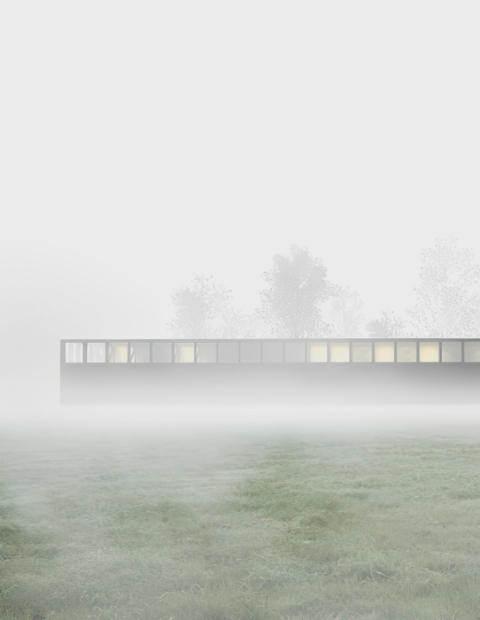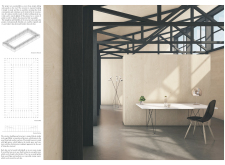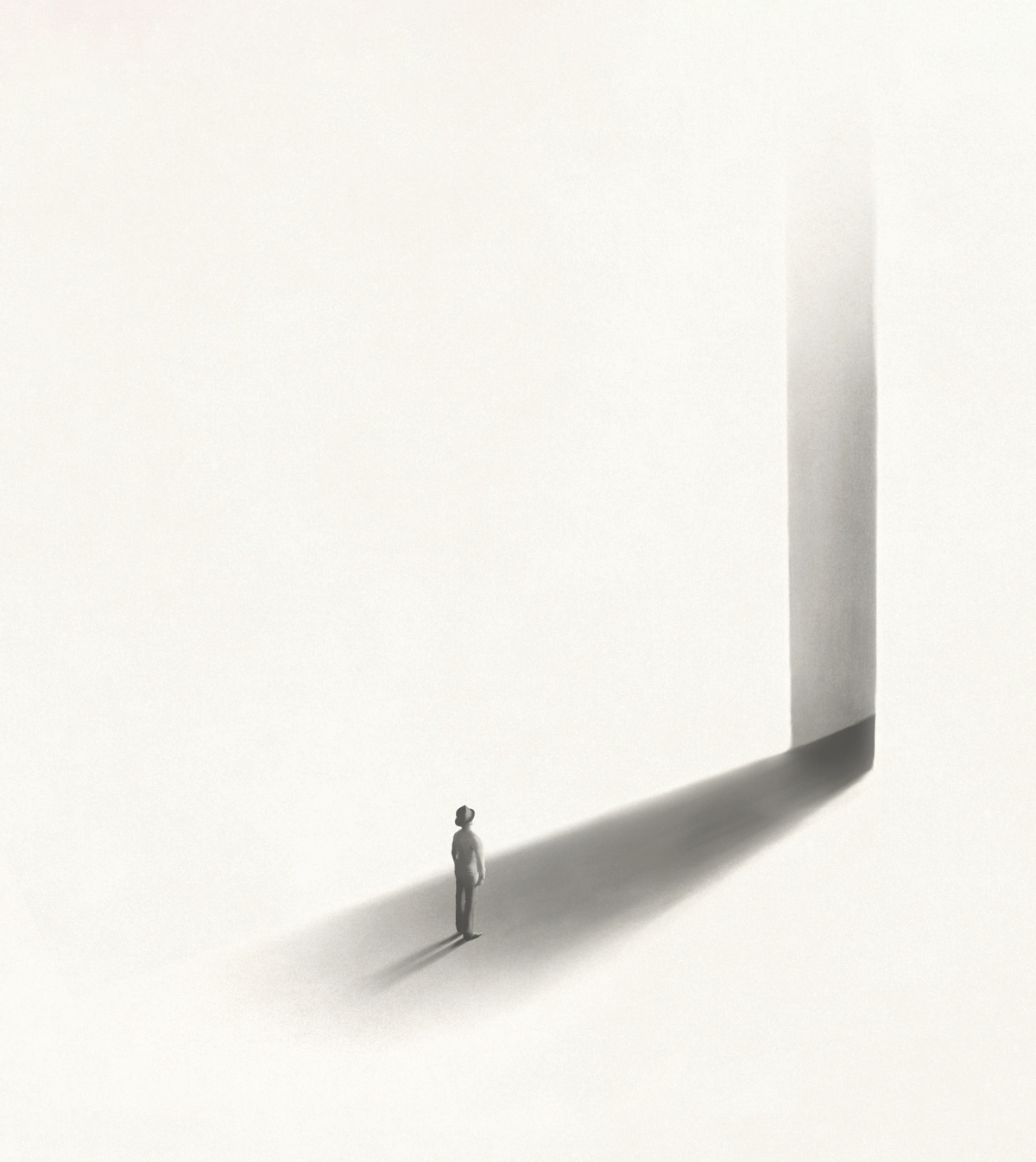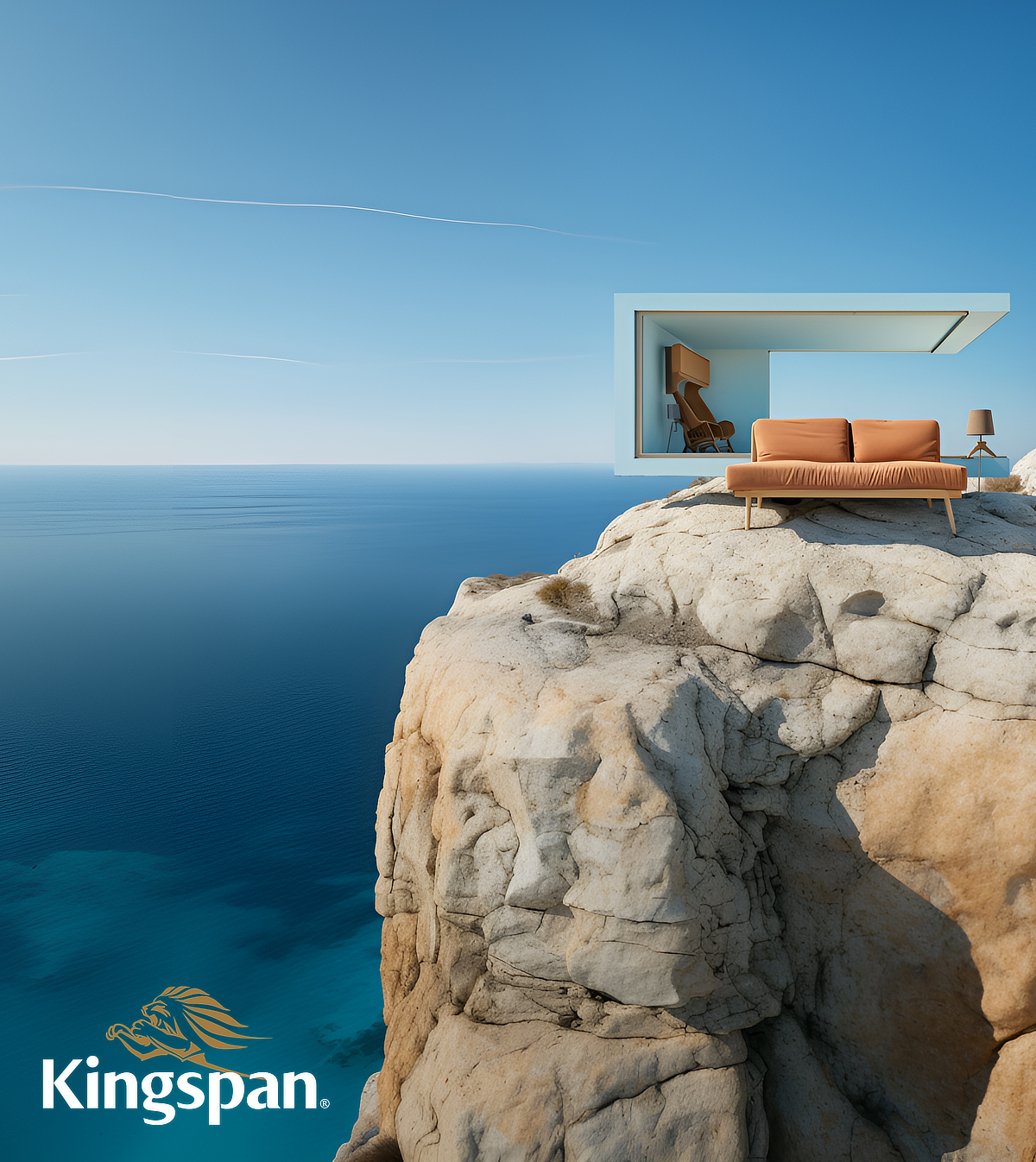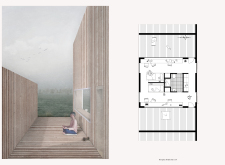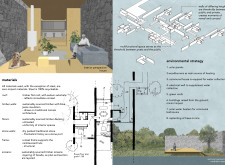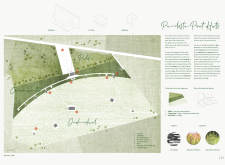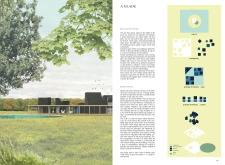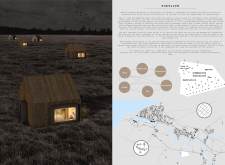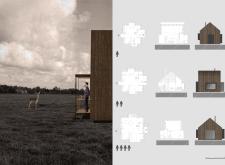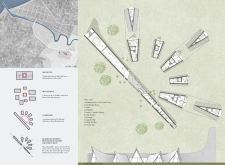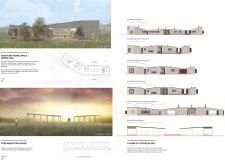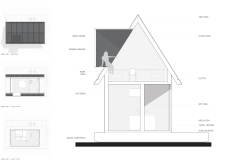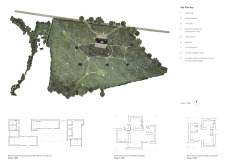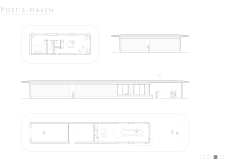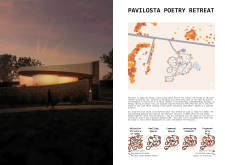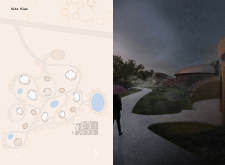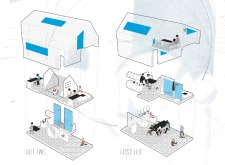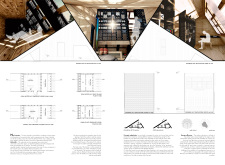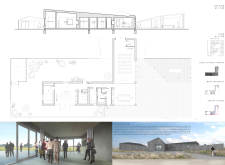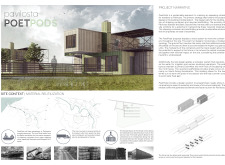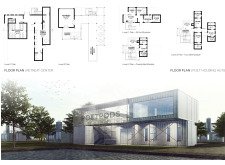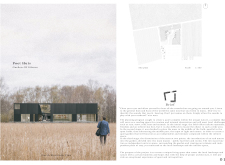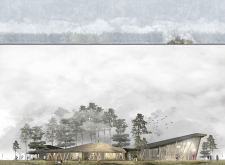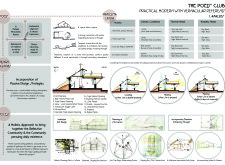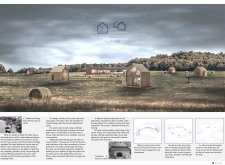Introduction
The Pavilosta Poet Huts competition called on designers to submit proposals for a writers community in the small coastal fishing village of Pāvilosta, Latvia, historically a port serving the nearby city of Liepāja. Pāvilosta is defined by its beaches and local fishing industry - visitors often make this a destination to spend time in nature and fresh air.
The competition sought designs for a small writers retreat where selected poets with free board can visit for short periods to produce their work. In addition to a set of five poet accommodations of various sizes, the designs were requested to include: plans for a multifunctional space able to accommodate small exhibitions, performances, readings and meditation sessions; a common kitchen and dining area; and host accommodations. ‘Huts’ were to house basic amenities including a bed, desk, kitchenette, washing station, and storage. Visitors are also expected to have access to outdoor meditative spaces and covered terraces.
In line with the location of the site and the intended program, participants were asked to consider strong connections with nature, the use of sustainable materials, and simple, cost-effective methods of construction.
The jury was impressed by the well-rounded response to this call for proposals. The submissions included a range of building typologies, such as isolated cabins scattered across the site, single buildings focused on the community experience, and even towers offering views to the surrounding region. Upon review of the materials, the jury members selected a set of winners that offered strong proposals for communal complexes that captured both the ability for writers to work in isolation, as well as interact with fellow visitors.
Bee Breeders would like to thank all the designers who participated in this design competition.
1st Prize Winner +
BB STUDENT AWARD
BB STUDENT AWARD
A garden within a garden

Practice. It is also an excellent opportunity to re-evaluate yourself and compare your ideas with architects from all over the world with a much larger variety of design strategies and ideas than you could ever find in a single university or work environment.
Read full interviewJury feedback summary
‘A garden within a garden’ references traditional Baltic architecture using local materials such as timber, and resourceful building methods. The design collects all of the program within a single structure. It offers a distinctly modern rectangular block form, articulated by a grid of vertical and horizontal lines of alternating thicknesses giving hierarchy to the form. The facade is defined by a square clerestory window set on horizontally-oriented rectangular facade panels. The project’s take on a courtyard-building typology lends to its intent on creating a sense of community for users. It intelligently mixes interior and exterior spaces under a common roof, and provides views to both the interior shared space of the courtyard and the exterior site. The structure uses repeated assemblies for ease of construction. The dark exterior cladding is black-stained timber, while the interiors are light and simple to provide clean spaces for work and living. The project conveys its ideas clearly using simple drawings and thoughtful renderings. The jury believes the project could be strengthened with an image depicting the relationship between the interior courtyard and the exterior site.
2nd Prize Winner
Enclosures

Our aim is to enter at least two open competitions a year with different programs and scales. It is a way for us to practice agile thinking, a chance to play, a way of developing a collective thinking and of connecting to a larger international architecture community. We always enter with the goal of winning.
Read full interviewJury feedback summary
‘Enclosures’ also considers the writer as a worker that requires both isolation and community. The proposal places a single building in the center of the site, enclosing a garden with a large tree and meditation zone. The approximately circular form features a low profile with a pitched roof that covers a corridor on the interior side of the ring. The design uses a glulam primary structure clad with heartwood and plywood. In plan, enclosed spaces are interspersed with exterior covered terraces that offer permeability. The jury was impressed by the high quality of renderings and level of detail in the drawings. One can easily imagine a productive and quiet visit to this project. The jury questions whether alternative timber products might be considered that hold up longer to inclement winters and humid summers.
3rd Prize Winner
The Pitch Hut

We were longing to do a smaller scale project on our own, test our creativity and take advantage of knowledge gained in the past years. Taking part in this competition was a great opportunity for us to explore a new typology, context and approach.
Read full interviewJury feedback summary
This proposal offers a unique formal organization defined by two bars of program connected by a linear circulation space, like two bands of buildings facing an internal street. The first houses writers’ accommodations; the second is filled with shared program as well as host accommodations. As with the other winning proposals, ‘The Pitch Hut’ mixes internal spaces with external decks. Each writer’s hut contains a large vertical window offering exterior views, and a horizontal window paired with a desk for views to a private terrace. The accommodations provide ample working space that runs nearly the length of the structure. The jury believes the submission would be further strengthened with interior images of the communal spaces.
BB GREEN AWARD
Scrivum

Competitions are a way to push my ideas and abilities beyond what I would in practice. They are driven by concepts and vision, providing the freedom to experiment. They are refreshing, motivating and remind me why I started studying architecture.
Read full interview